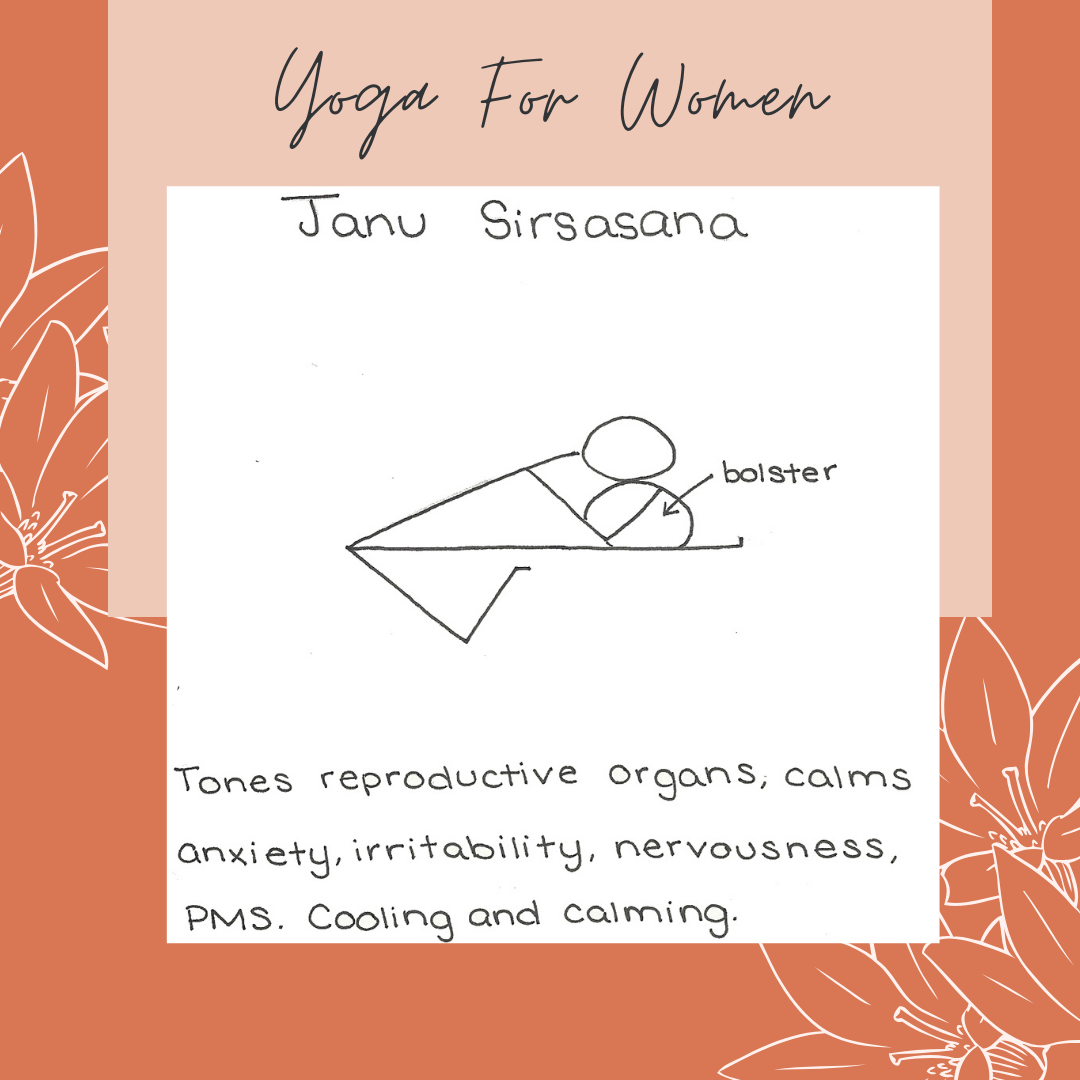Tips for Creating a Home Practice
There are so many conveniences about having an at home practice. Whether your practice of choice is yoga, breathwork, journaling, meditation, dance, free movement, or something else.
You can fit it into your schedule
You can do it in your underwear
You don’t have to leave the house
You don’t have to talk to anyone (hey introverts!)
You can leave the oven on
It sounds fabulous, but let’s face it, practicing at home is HARD! Maybe you’re trying to create a peaceful space but in your mind it sounds something like this: “There’s just that one thing on my to-do list. I should just start the laundry. Maybe I’ll start dinner then I’ll practice. Am I hungry? I’ll feel more relaxed if I just answer that one email. Why is that picture still crooked? Oh my phone’s ringing. I’ll probably be more comfortable in different pants I’ll just go change quickly. Have I practiced for long enough yet? Maybe I’ll try again tonight.” Sound familiar?
Having a home practice can feel frustrating without focus and direction. Take it from me, a yoga teacher who has half drunk cups of tea all over the house in places I said I would practice and then abandoned because of that one to-do list item that felt more important at the time.
For the last year and a half I have practiced yoga almost every day. It took discipline and a few tips that I learned along the way. Here’s what I can offer those who are working on building an at home practice of their own:
1. Set a reasonable time goal for YOU
When we’re used to going to an hour and a half long yoga class, or hour long meditation, or we listen to a podcast of our role model who has a two hour long morning routine, we may feel pressured into thinking that our home practice is only a practice if it’s an hour long. However, according to the Mayo Clinic, just a few minutes a day of a mindfulness practice can have significant benefits including increased blood flow, decreased stress response and cortisol levels, better sleep, a more balanced digestive system, and more stable emotions.
If we set ourselves up with expectations of long practices we may feel defeated when we don’t fulfill our designated time. So start with a goal of shorter practices, 5-15 minutes every day or a couple times a week is a great place to start.
2. Have a plan
If you’re not sure what to practice, you’re unlikely to feel motivated to continue practicing, or to start in the first place. You could get a book of yoga sequences, breathwork, or meditation. This is one of my favorites. Or you could look up sequences to practice later. I used to draw stick figures of poses on post-it notes and keep them next to my bed. If that feels at all overwhelming, don’t worry, I’ve done the work for you. I created an e-book with simple yoga sequences that you can do at home. It includes poses for anxiety, irritability, cramps, headache and other common issues with stick figures like the one below, drawn by yours truly.
3. Find a sacred space
I know many of us aren’t blessed with a beautiful yoga room overlooking the ocean, and while that would be lovely, you don’t need one to have a home practice. I can’t even count the number of airport corners, stairwells, and hotel hallways I’ve practiced in. Even Glennon Doyle practiced meditation in her closet every morning. The key is having something to signify that it’s your time and space to practice. That could be:
Rolling out a yoga mat
Spraying an essential oil or room spray
Saying a prayer
Going to a corner of your house or outside
Changing clothes
4. Get some support
If accountability is still tough for you (don’t worry it is for a lot of us) grab a friend to practice with or join a live online practice where you can show up and follow along in real time. It takes the pressure of planning off your hands, and can give you some ideas of what to practice on your own. For the autumn season in the U.S. from September 6 - November 8, 2020 I am teaching an online women’s yoga class every Sunday night where we will explore yoga, breathwork, somatic movement, and inquiry. So if you’re looking for a way to stay accountable, join us here.
5. Let your practice shift
Our needs change as the weeks, months, and years go on. At some points in your life you may need to get up and run in the mornings to activate your brain and body, at other times you may need a restorative yoga class (click here for a free one). Some days you may feel like moving your body, and other days may call for more reflection through journaling, singing, or reading depending on the phase of your cycle that you’re in your body and spirit may need something different. So if your home practice changes, that is a great thing. Setting aside the time to check in with your mind and body and being able to give it what it needs is a superpower and by dedicating yourself to a home practice, whatever that looks like for you, you are cultivating the strength within you to become more attuned to the needs of your mind, body, and spirit.
Practice on.
For more support:
I work with women 1:1 for 3 months to teach knowledge and wisdom of women’s hormonal health, alignment with the seasons of the moon, hormonal cycles, and the seasons to live a cyclical and balanced life that you and your family can count on. Learn more about working 1:1 with me.


